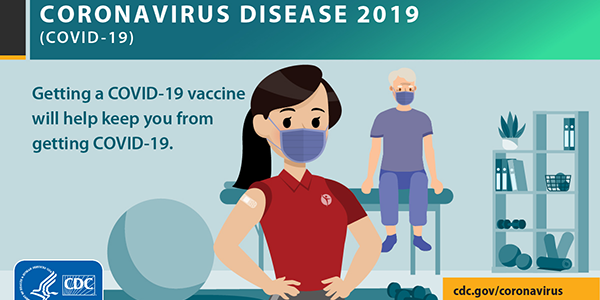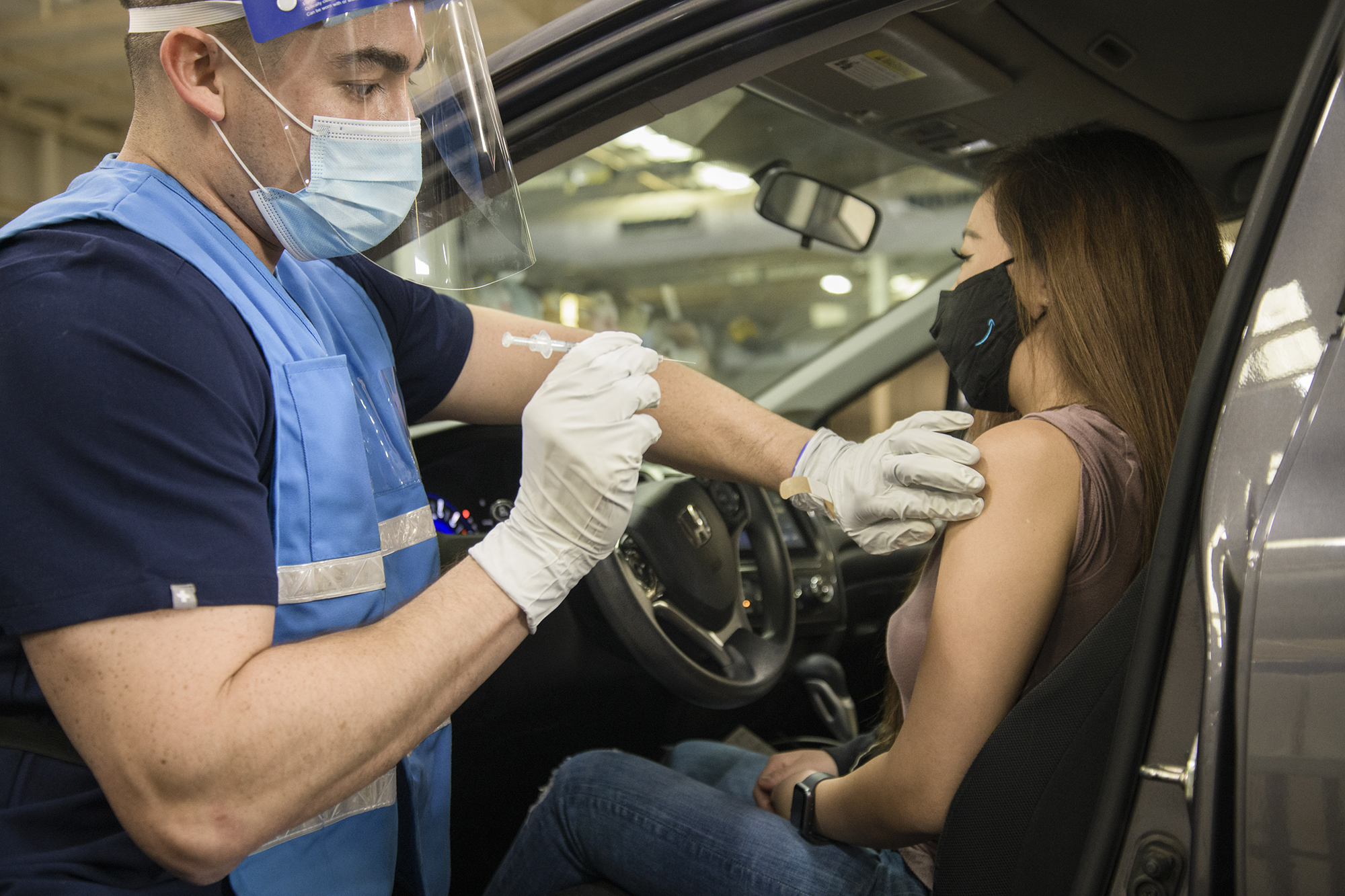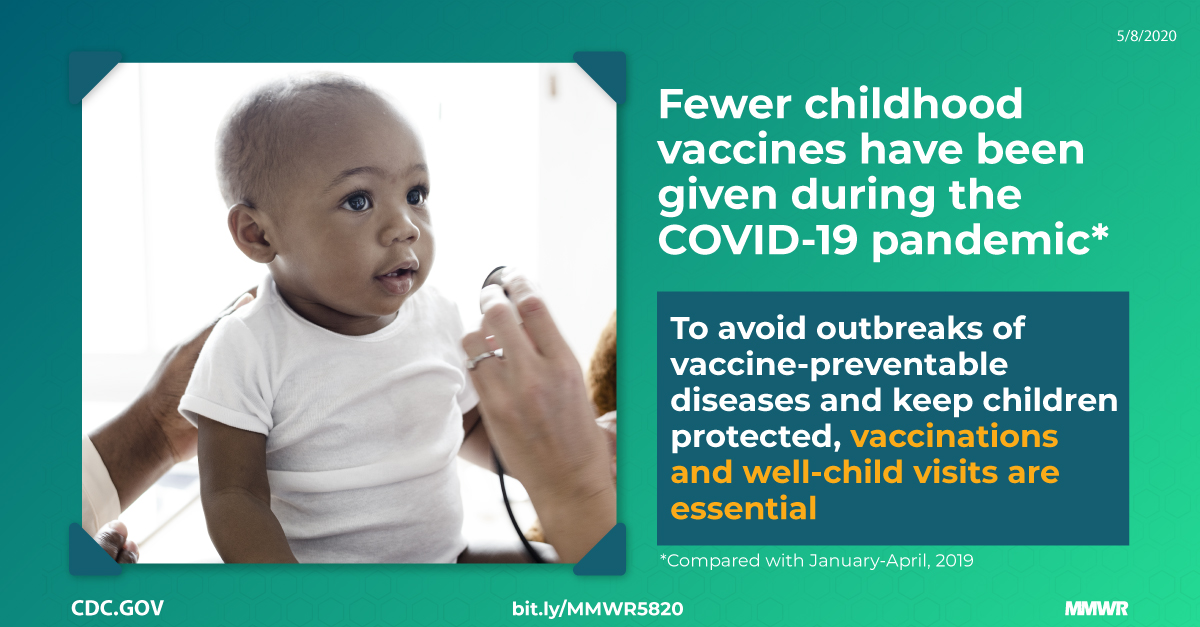
As India became the first country in the world to report more than 82,000 new cases of COVID-19 in a single day, the need for an effective and safe vaccines to prevent new infections of the novel coronavirus has been on the rise. However, health specialists said we could be overestimating the role of a vaccines in stopping the COVID-19 epidemic in India.
Experts of the Indian Association of Preventive and Social Medicine (IAPSM), the Indian Public Health Association (IPHA), and the Indian Association of Epidemiologists (IAE) said in a joint statement to PM Narendra Modi: vacciness have no role in controlling the ongoing epidemic. However, whenever possible, the vaccines may play a role in giving personal protection to high-risk groups (such as medical staff and the elderly with comorbidities).
It must be considered that an efficacious vacciness will not be available in the near future. We must avoid the false sense of hope that we will get COVID-19 drug soon, they said.
This is the third time these three groups have issued their joint statement.
The last time was in May of this year, they accused the government of imposing “draconian” and said that the state response was incoherent. In April 2020, IAPSM and IPHA set a joint working association composed of “prominent Indian public health experts” to advise the center on COVID-19 containment strategies. The IAE later joined this work.
Their statement follows the Union health minister’s words last month that the country will be vaccinated by the end of this year. PM Modi also proclaimed in his Independence Day speech that once scientists approve the COVID-19 vaccines, the country is ready to mass-produce three coronavirus vacciness-perhaps a euphemism for that clinical trials which are about to end.

These are Zydus Cadila’s vaccines ZyCoV-D (Ahmedabad-based company); COVAXIN, developed by Bharat Biotech (Hyderabad-based company) and Pune based Serum Institute of India’s ChAdOx1 vaccines developed by Oxford University, and AstraZeneca.
Experts also emphasized the need to speed up the establishment of specialized, efficient, and well-equipped public health care at the center and across the states-echoing the recommendations of expert groups and various national committees since 1946.
Background
The pandemic coronavirus in India has grown at an unprecedented speed and scale, resulting in unimaginable health issues, humanitarian, and economic consequences. It usually requires decisions making based on insufficient or weak evidence. Fortunately, the global research association responded with quick and strong evidence. A new evidence base is being added almost daily. Therefore, in the early stages of the pandemic, with the benefit of hindsight, many decisions made seemed inappropriate and even inadequate. However, as in any evolving situation, we should boldly make course corrections based on newly emerging evidence.
We appreciate that the health system’s response is usually constrained by sociopolitical, economic, human resources, and governance structures. The third statement made recommendations based on the evidence available so far and the current situation. The overall goal of the third statement is to support the Indian government in formulating evidence-based policies to prevent and control COVID-19 in India.
We unequivocally and firmly believe that the “public health approach” to control the COVID-19 pandemic with as much as possible good being done for the most numerous possible numbers. The ongoing COVID-19 pandemic is a public health issue that is rapidly worsening existing health inequities. This is not an order issue or law. It should be addressed with meaningful and empathy community participation.
The way forward needs to take into account the constraints of the context and the interests of the community and design the best interventions that demand technical skills blended with good judgment, trust, and clarity.
From a public health point of view, testing strategies must be pragmatic, promote differential/target examination of high-risk individuals, and discontinue general testing at this stage. The vacciness have no role in the ongoing coronavirus pandemic control in India. vacciness with proven safety and efficacy should be administered following the World Health Organization’s multi-tiered risk-based approach or a “strategic allocation” approach.

Action Plan
1. Instead of imposing lockdowns, only “cluster” curtailments of the short defined duration should be imposed:
- Lockdown as a strategy for controlling the COVID-19 pandemic should be discontinued. Limited geographical constraints for short periods may apply to epidemiologically defined clusters. Cluster constraints should be considered only in areas where there is no community transmission.
- Cluster restrictions must be imposed after weighing the effect of it on the livelihoods of the target community. With ample health system preparation, including facility care for critically ill patients, cluster restrictions can be completely done away with and should be the ideal solution to this pandemic.
- In large cities where coronavirus infections have already spread widely (which can be assessed by an expert committee), there is no benefit in creating confined areas and conducting active tests. The focus should be on preventing death from this deadly virus, not on containing the infection. The IEC should advise people to pay attention to its symptoms and report as soon as possible for on-demand testing, and contact a doctor for appropriate advice.
- In Y-class cities with moderate transmission levels: The containment zone should be transformed with a clear road map and timelines for regular review by a committee of experts with the aim to test all suspects and isolate all infected persons for appropriate treatment. All CZs should be revoked for a maximum of 14 days.
- Small towns and villages with moderate/limited spread: Existing tests and cluster containment strategies may continue. Although the test strategy is associated with mandatory isolation, it still needs to be evaluated in the view of social stigma. In small cities, this is the foremost factor hindering people from coming forward for testing.
- Rural areas: Syndromic monitoring by ASHA and the village Nigrani Samiti, and regular inspections at the PHC level can be carried out
2. Isolation and Quarantine Policy should be friendly to the community. Present policies including:

- The houses of all those who tested positive were stamped and quarantined by barricades, which has created fear in society. This method should be abandoned immediately.
- When most districts/states are affected, there is no rationale for the quarantine of inter-state travelers which are required to be in mandatory quarantine (14 days) for hotels or sanitation facilities). This should stop immediately. Measures that are beneficial to citizens should be taken, such as home isolation/ quarantine, which is an effective strategy in many cities/states.
3. Practical Testing as a Control Strategy: Universal scaling-up the scope of testing at the prevailing community transmission phase of the epidemic may not be the best control strategy and will divert attention and resources from control measures. With the availability of adequate information on the natural history of the disease and high-risk groups, testing must be used with due diligence.
It is recommended to conduct target testing for high-risk groups, medical staff, and elderly people with comorbidities, screening before surgical procedure, etc. However, districts in very early stages of a pandemic (with zero or very few cases reported)testing can be used as a surveillance tool.
Suggested Testing Strategy
- Towns with a large number of cases: (i) Consider all symptomatic coronavirus cases, and treat them at home or in the hospital according to the clinical situation, as coronavirus infection even without testing (syndromic approach); (ii)Monitor symptomatic patients (even without testing) by phone, paramedics, family members or by SpO2 values (either by supplying pulse oximeter separately or provided by local medical staff) so as soon as should be shifted to the hospital to reduce mortality;(iii) Provide accountable and reliable dashboard and central service helpline (coordination with ambulance service) for those who need hospitalization.
- Towns/regions with moderate caseload: The constant practice of the quarantine/containment zones, identify cases and restraint that area, conduct house-to-house surveys, and determine cases through testing, isolate all these cases preferably at some facility to evade further spread or if possible, isolate under strict guidelines to stop the spread.
- Districts/Towns without Cases: Continue monitoring activities and preventive measures; actively promote physical distancing, wear masks, and hand hygiene.
4. Instantaneous Resumption of Comprehensive Health Care Services: Primary, secondary, and tertiary health care services including inpatient and outpatient services, including emergency/routine surgery should be resume as soon as possible, and at least those areas that are improving towards higher levels of immunity and in towns/regions with no cases. Appropriate safety measures should be taken to ensure the safety of medical staff engaged with the optimal PPE, and testing of patients for coronavirus as may be appropriate.
5. Protecting High-Risk Populations including those with Co-morbidities and the Elderly: Those with comorbidities (hypertension, obesity, DM, Cancer, etc.) and elderly persons (>65 years) should continue to restrict their outdoor activities as far as possible. Young people with comorbidities should also proceed with appropriate caution.
6. Continue to take Preventive and Control Measures for Physical Distancing, Using masks, and Washing Hands: People should continue to practice distancing (avoid gathering), using masks, and washing hands to prevent and limit spread.
7. SARI and ILI Surveillance: The early detection of ILI and the appropriate management of SARI cases using a combination of syndrome surveillance and “test and follow-up” strategies should be strengthened.
8. Regular Sero-Surveillance Survey to Monitor the Pandemic: National and State level surveillance surveys are required to monitor the pandemic and modify the control strategy accordingly. In the future, using an existing sero-surveillance platform may be a cost-effective method to do sero-surveillance. All monitoring must be supervised by well-trained public health experts (MD community medicine) from public health institutions and local medical colleges.
9. Opening of Educational Institutions: Now is the time to move towards normalcy. The opening of schools, colleges, and other educational institutions can be restarted gradually. A pragmatic approach should be taken, especially in areas where there are already populations infected with SARS-CoV-2 (evaluated by an expert committee). Even in areas with low infection rates, schools should be opened with appropriate safety measures (keep social distancing, alternate working hours, days, etc.) and with properly monitor the outbreak acceleration due to schools.
10. The Role of COVID-19 vacciness in Controlling Ongoing Outbreaks: vacciness have no role in the ongoing pandemic control. However, whenever possible, the vaccines may play a role in providing personal protection for high-risk groups like HCMs and the elderly with comorbidities. While optimistic, prevention and control strategies should also prepare for the worst. It must be assumed that an effective vaccines will not be available shortly. We must avoid the false hope that we get panacea for COVID-19 soon.
11. Increase Health Care Expenditure to 5% of GDP: Public health care must be greatly enhanced and strengthened, and overall public expenditure to be increased to at least 5% of GDP. The focus of increasing health expenditure should be on infrastructure, primary health care, and human resources, rather than opening/strengthening tertiary medical centers.
12. Public Health Cadre at the State and National Levels: States such as Tamil Nadu and Gujarat with existing public health carde are relatively well placed in dealing with such public health crises on their own. It is necessary to accelerate the establishment of an efficient, dedicated, and well-resourced public health cadre in the center and states as the Indian Health Service (IHS) recommended by expert groups and many national committees since 1946 based on the Indian Administrative Services Model.
We must do everything possible to control the outbreak of the ongoing pandemic by this action plan.





